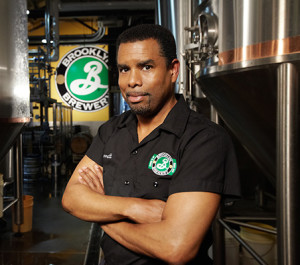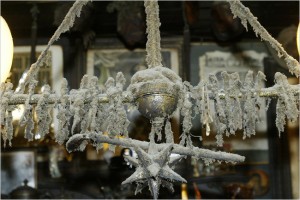It’s almost February, Black History Month, which means as a beer person it’s time to start saying, Hey, where are all the black people? I went through my internal roster of Beer Folk and found one black dude, who is the same black dude everyone finds: Garrett Oliver. Oliver is the brewmaster at Brooklyn Brewery and known for his prize-worthy beers and drool-worthy pairings of beer with food. He is also known for being the Black Dude in beer.
I could throw statistics and charts at you if I was industrious enough to find them, but we all know what’s up: there aren’t many black people in the craft beer industry. The enthusiasts are also few and far between, which is what I am primarily concerned with. Just out of personal experience I can say that in my small Ohio town, where almost a quarter of the residents are black, I can remember seeing groups of black people in my local brewery twice. And I’m there a lot. At the closest bodega to my old apartment in Crown Heights, Brooklyn, on the other hand, I was lucky to find some of Oliver’s own Brooklyn brews. Continue reading



